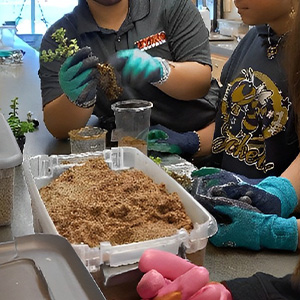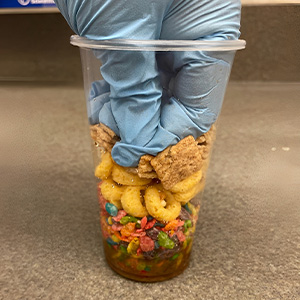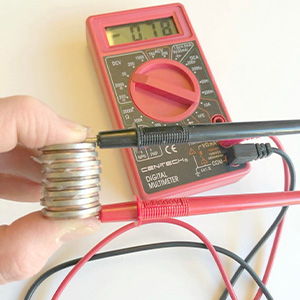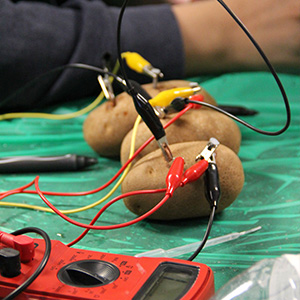Elementary STEM Modules
(4th-5th Graders)
The goal of the University of Texas Rio Grande Valley Mobile Laboratory is to provide the equipment and learning environment to help students understand and solidify fundamental scientific theories in physics, biology and chemistry through hands-on experimentation. Listed below the various science modules performed with students.
Modules
 |
Making a Terrarium (4th)Students will build four different terrariums to identify the abiotic and biotic components of four different habitats: desert, forest, pond, or grassland. Students will become familiar with the use of basic lab equipment to support their observations and will acquire a deeper knowledge of basic ecology.
|
 |
Formation of Fossil Fuels (5th)Students will prepare a model of the sediment layers involved in the formation of coal, and experiment how pressure is involved in this process. Students will learn about the usefulness of these natural resources and the viability of fossil fuels as an energy source.
|
 |
Penny Battery Experiment (4th)Students will make their own voltaic pile using pennies and nickels. Students will use a voltmeter to measure the voltage output of each individual electrochemical cell and the whole battery. Finally, students will power a red LED light using their penny battery.
|
 |
Potato Battery Experiment (5th)Students will turn a normal household potato into a battery by applying the concept of electrochemistry. Using the potato battery as a starting point, students will power basic household electronics. Students will also try to enhance the potato battery to increase its electricity output, and experiment with other vegetables to produce the most effective battery possible.
|
